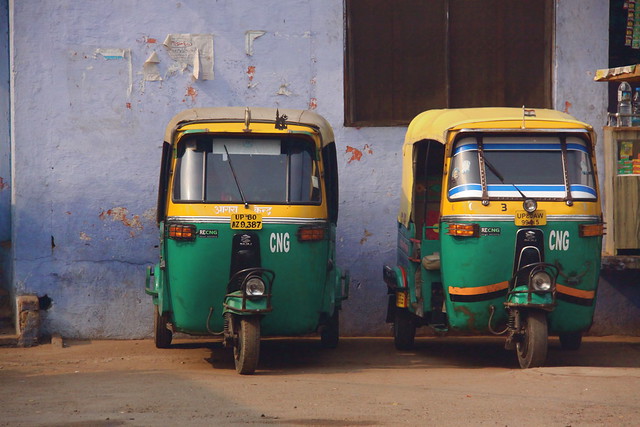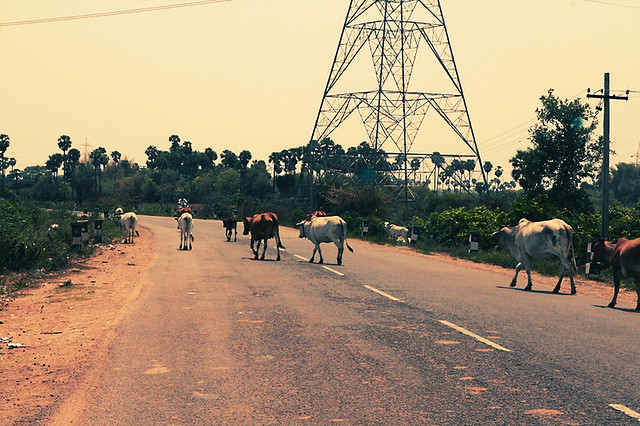Driving and Autos: Auto
Travel by road in India is dangerous. A number of foreign citizens have suffered fatal traffic accidents in recent years. Travel at night is particularly hazardous. Buses, patronized by hundreds of millions of Indians, are convenient in that they serve almost every city of any size. However, they are usually driven fast, recklessly, and without consideration for the rules of the road. Accidents are quite common. Trains are safer than buses, but train accidents still occur more frequently than in developed countries.
In order to drive in India, one must have either a valid Indian driver’s license or a valid international driver’s license. Because of difficult road and traffic conditions, many tourists who visit India choose to hire a local driver.
On Indian roads, the safest driving policy is to always assume that other drivers will not respond to a traffic situation in the same way you would in the United States. On Indian roads, might makes right, and buses and trucks epitomize this fact. For instance, buses and trucks often run red lights and merge directly into traffic at yield points and traffic circles. Cars, auto-rickshaws, bicycles and pedestrians behave only slightly more cautiously. Frequent use of one's horn or flashing of headlights to announce one's presence is both customary and wise.
Outside major cities, main roads and other roads are often poorly maintained and congested. Even main roads frequently have only two lanes, with poor visibility and inadequate warning markers. On the few divided highways one can expect to meet local transportation traveling in the wrong direction, often without lights. Heavy traffic is the norm and includes (but is not limited to) overloaded trucks and buses, scooters, pedestrians, bullock and camel carts, horse or elephant riders en route to weddings, bicycles, and free-roaming livestock. Traffic in India moves on the left. It is important to be alert while crossing streets and intersections, especially after dark as traffic is coming in the "wrong" direction (i.e., from the left). Travelers should remember to use seat-belts in both rear and front seats where available, and to ask their drivers to maintain a safe speed.
If a driver hits a pedestrian or a cow, the vehicle and its occupants are at risk of being attacked by passersby. Such attacks pose significant risk of injury or death to the vehicle's occupants or at least of incineration of the vehicle. It can thus be unsafe to remain at the scene of an accident of this nature, and drivers may instead wish to seek out the nearest police station.
Protesters often use road blockage as a means of publicizing their grievances, causing severe inconvenience to travelers. Visitors should monitor local news reports for any reports of road disturbances.
Emergency numbers in New Delhi and Chennai (Madras):
Police 100
Fire Brigade 101
Ambulance 102
While rental cars are available in urban areas, driving in India is so chaotic as to make car rental inadvisable.
One alternative is to rent a "tourist car," which is like an unmetered taxi, air-conditioned and chauffeur-driven. These are available at a rate slightly more than a regular taxi, and are licensed by the Government of India Tourist Office. Ordinary taxis may also be rented for the day.
Generally, a day rate for either type of transit will specify a limited amount of mileage, and the client will be responsible for the per diem expenses of the driver.
Source: US Department of State
Copyright © 1993—2025 World Trade Press. All rights reserved.

 India
India 

